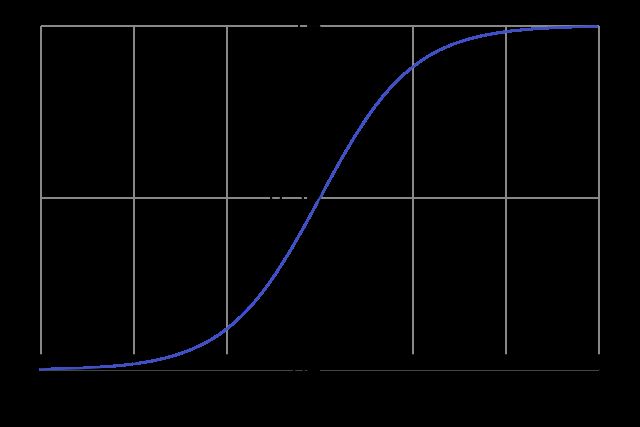Recurrent neural networks for time series analysis in bioinformatics

Objectives: Gain basic knowledge of recurrent neural networks.
Recurrent neural networks (RNNs) belong to a class of artificial neural networks that are particularly well-suited for processing sequential data. They are widely used in various applications, including natural language processing, speech recognition, and machine translation.
In a traditional feedforward neural network, the input is transformed through a series of hidden layers to produce an output. The hidden layers do not have any memory or context of the input they have received previously.
In contrast, RNNs have feedback connections that allow them to incorporate information from the past into their processing of the current input, enabling RNNs to maintain a temporal context and make decisions based on the entire sequence of inputs rather than just the current input.
The basic structure of an RNN consists of a series of cells, each of which receives an input, processes it, and produces an output. The output of one cell is typically fed back into the input of the next cell in the sequence, forming a loop.
This feedback connection allows the RNN to incorporate information from previous cells into the processing of the current cell.
There are many types of RNN cells, but one of the most common is the long short-term memory (LSTM) cell.
LSTM cells have three gates (an input gate, an output gate, and a forget gate) that control the flow of information through the cell.
The input gate controls which information from the input and the previous cell's output should be used to update the cell's internal state. The output gate controls which data from the cell's internal state should be output as the cell's output. The forget gate controls which information from the previous cell's internal state should be overlooked or discarded.
We can train RNNs using various techniques, including backpropagation through time (BPTT) and truncated backpropagation through time (TBPTT). In BPTT, the error is propagated backward through the entire sequence of inputs, and the weights are updated accordingly.
In TBPTT, the error only propagates a fixed number of steps backward, which allows the RNN to process longer sequences but can also lead to a loss of long-term dependencies.
RNNs have many interesting properties and have achieved state-of-the-art results on various tasks. However, they can be challenging to train and often require careful tuning of hyperparameters to achieve good performance. Additionally, RNNs can be computationally intensive, especially when processing long sequences.Proceed to the next lecture: Convolutional neural networks for image analysis in bioinformatics
